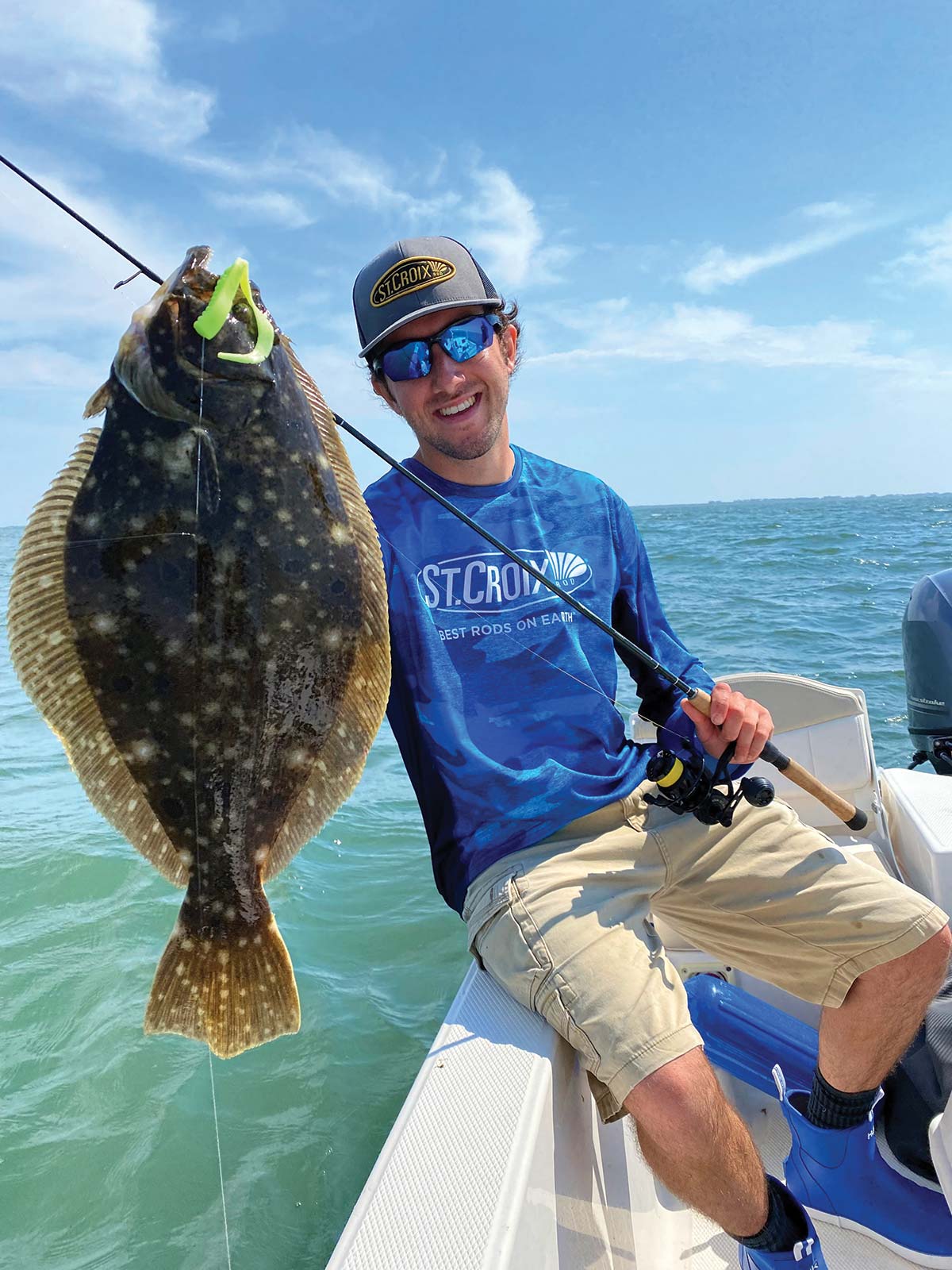
Scale back boat size for bigger fluke success!
Small boats offer key advantages in certain fishing situations where others won’t get the job done as effectively. One of these situations that also happens to be my favorite is fluke fishing in shallow and tight waters in a small craft. Of course, the other advantage in a world where gas prices are high at the pump and even higher at the gas dock is the fuel efficiency of using a smaller-sized boat. You can run the bay all day on a 6-gallon tank of gas for $50 instead of using a larger boat that would require several hundred dollars to operate for a day.
When I use the words “small craft” in my mind, I refer to boats in the 16 to 21-foot range. While some boats can be a more significant 21, you also have 21-foot boats that are smaller with lower gunnels and draft less water than others of the same length.
Between operating my boat years ago and, more recently, fishing on my friend’s smaller craft, I’ve learned and focused on the art of fluke fishing off a smaller boat. And let me be the one to tell you, catching these fish on a small boat where you can just about see the fish feed is addictive.
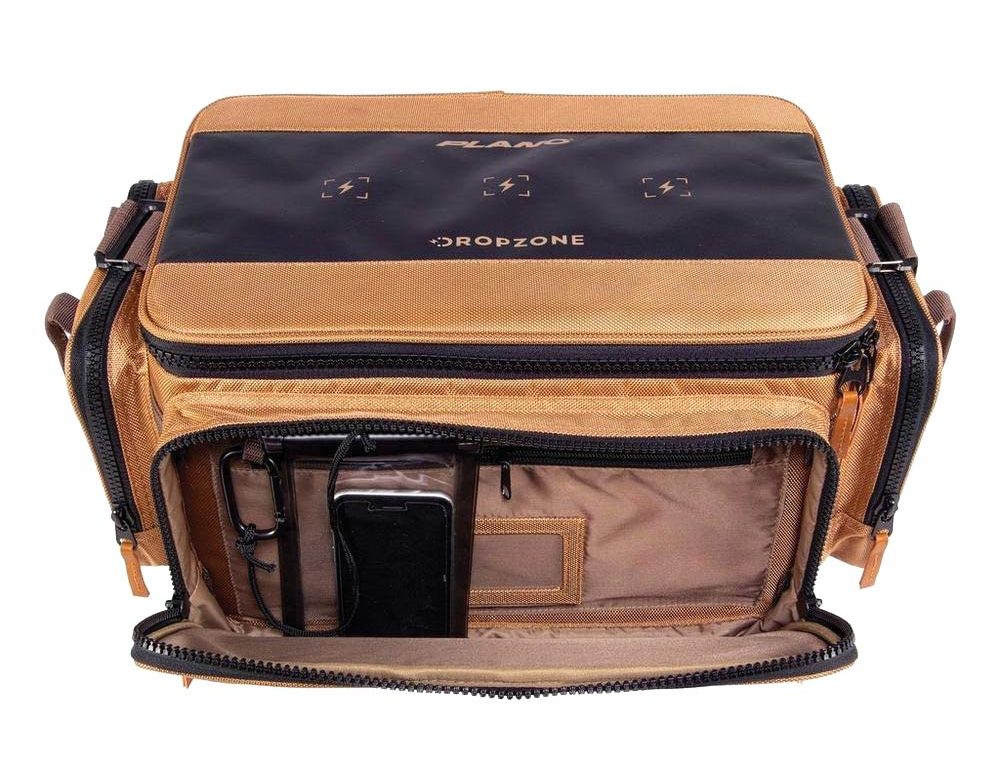
The Right Craft
Between the new and used boat market, there are several different options to choose from if you down already have a small boat. I check the online marketplaces daily—remember that most good boats will sell quickly in the current used boat market, so staying consistent will help you find the good stuff when it pops up.
Smaller Steiger Crafts, Carolina Skiffs, Makos, Key Wests, Parkers, Robalos, and Privateers are a few that I commonly see during my searches that will get the job done. These all have different hull designs, so know what waters you will be fishing the most before selecting one that will fit the bill. For example, flat-bottom skiffs are an excellent choice when fishing flats but remember, if you have to face any sort of chop with them, it will be a bumpy ride on the way back to the dock or ramp.
Being that the craft is small, space is also vital, depending on how much gear you like to bring. Seeking out a tiller craft instead of a steering wheel driven one could free up a little bit of extra room if you need it. Personally, I like to pack compact, so I’ll opt out of a tiller for the luxury of having a steering wheel on my boat.
Get Compact
| TRICK YOUR SKIFF |
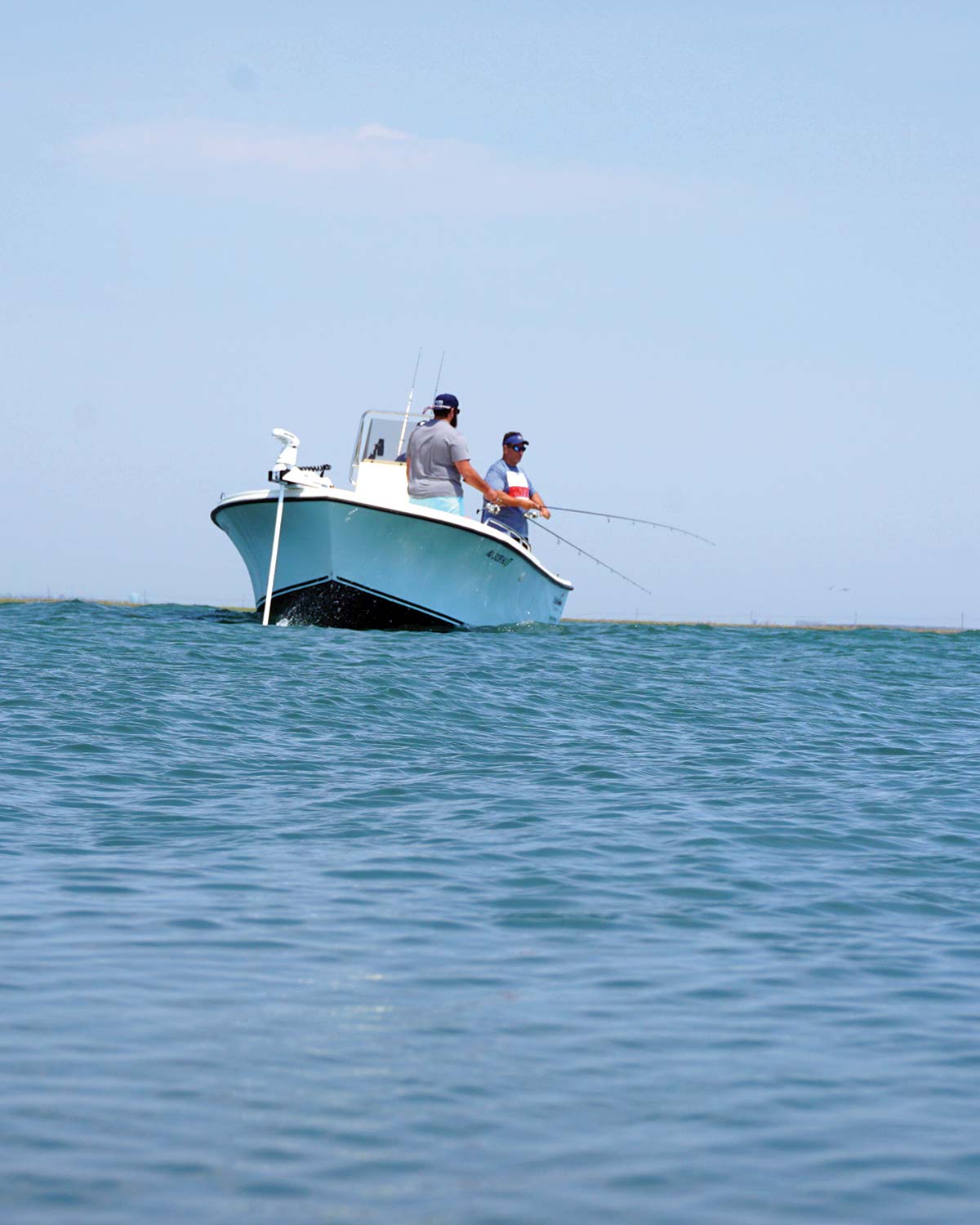
In recent years, many anglers have opted out of using an anchor for the Minn Kota Bow Mounted Spot-Lock Trolling Motor. These motors are equipped with i-Pilot, giving them the ability to stay put in one spot with a moving tide. They also have the ability to slow a drifting boat down when drifting conditions are too fast for fluke fishing. Technology like this allows you to stay fishing when conditions are usually unfishable. |
While we all have our personal preferences when it comes to packing gear and setting up a boat, my philosophy is that being compact and tidy will lead to better fishing. Having too much gear and tackle on a vessel can be a burden. It gives me too many things to think about and too many things to get in the way.
When I fish with a friend on their boat, I like to bring a few Plano boxes in the 3700 model for my tackle and a dry bag for the rest of my stuff. If I’m fishing on my own boat, a removable tackle tote filled with trays is the best way to go. Setting up your tackle for a specific trip prior to leaving makes finding what you need while on the water much more manageable. The Guide Series Tackle Bag from Plano, designed to fit the 3700 series trays, is the perfect-sized removable bag for a small boat. You can carry everything you need for the day, and it can stay tucked away in the corner of the boat, so you won’t constantly be tripping over it.
Rod storage can also become a task when fishing on a smaller boat. You can address this in two ways—bring fewer rods or get creative with where the rods are stored. As anglers, we always have a need to bring extra rods, so let’s choose that option and address it. The two main places I like to keep rods when fishing on a small boat are on the rod holder attached to the console or under the rail in a Berkley Twist Lock Utility 4 Rod Rack. If you run a tiller boat, you can create additional room by adding a Twist Lock Utility Rock Rack on the port (left) and starboard (right) sides of the boat. That’sThat’s a total of eight rods without any being in the gunnel rods holders either. For a day of fluke fishing, that’s more than sufficient.
Don’tDon’t forget to keep the deck clean of other miscellaneous items on a small boat. I like to take advantage of all the console and anchor locker storage on my boat to keep these items out of sight. I also have enjoyed using heavy-duty bins as another way to keep certain out of sight. As an added bonus, using the right-sized bin can also double as a seat for a friend if needed.
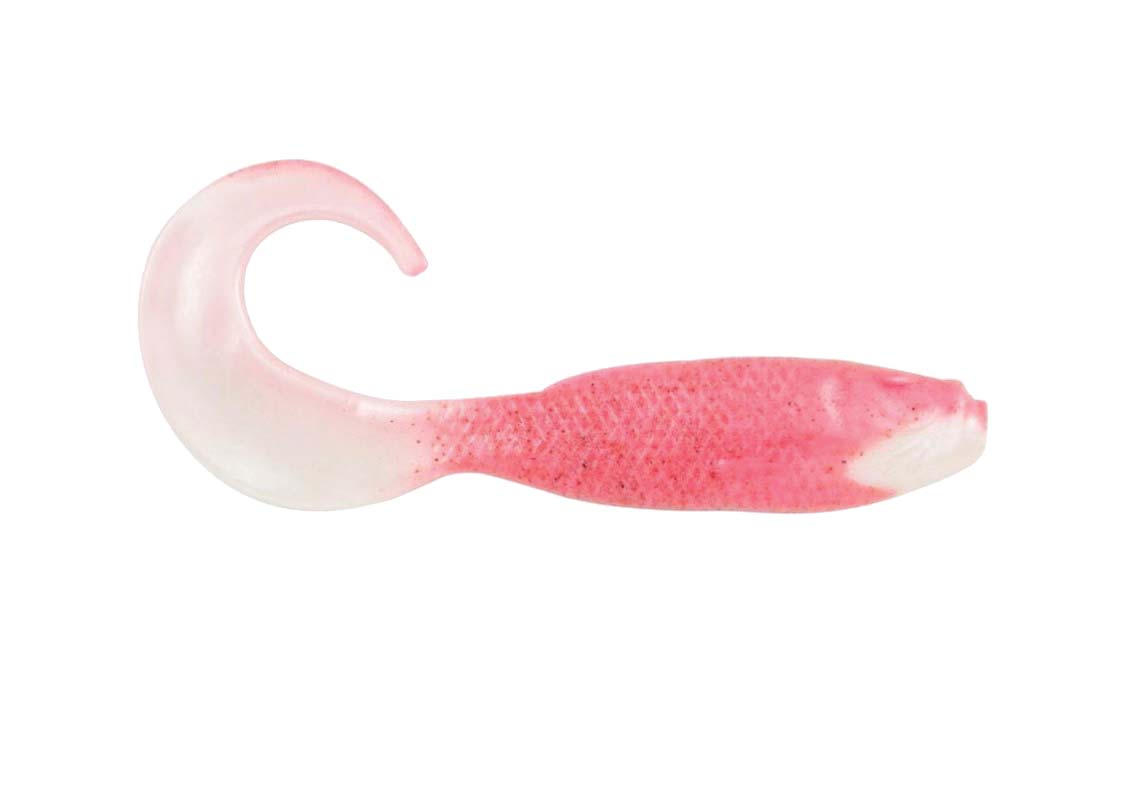 |
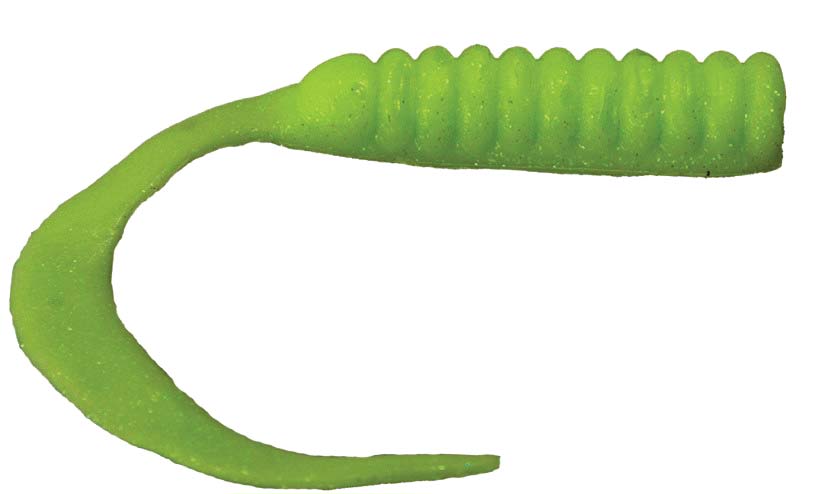 |
| Whether it’s Gulp or Fishbites, both bait offer extreme convenience and do an excellent job at attracting fluke. | |
Plan Of Attack
After being a kayak angler for some time now and participating in this kind of fishing on a kayak, I’ve come to the conclusion that my techniques for fishing off a small boat almost mimic a kayak. The only difference is that I have plenty of extra room on a boat, and I can bring a buddy with me if I want to.
The nice advantage of fishing with a smaller boat is being able to get into tight quarters and shallow water. Most of the boats I mentioned already don’t draft much water at all, meaning that you have the advantage of nosing up to sandbars and drifting off of them with one. If you don’t know already, fluke will make themselves comfy in shallow waters like these and will feed on passing meals quite often. Usually, fluke will sit on the drop-offs around these bars, waiting for their next meal. The use of a small boat also allows you to drift better as opposed to a larger craft. Small channels can be fished easily with a small boat, while a larger one might have a hard time not running aground.
I’ve also found that sometimes you can find good fluke bites near structures such as docks and piers. Of course, use caution when fishing around this type of structure since you might encounter shorebound anglers. If you do encounter some, they should always have a first shot at the spot. If the coast is clear though, driving up to these docks and piers and then drifting back off of them can also produce a good fluke bite. Be prepared to lose some tackle when fishing near this kind of structure. It’sIt’s always a good idea to have another rod rigged and ready to go if you’re going to try this out.
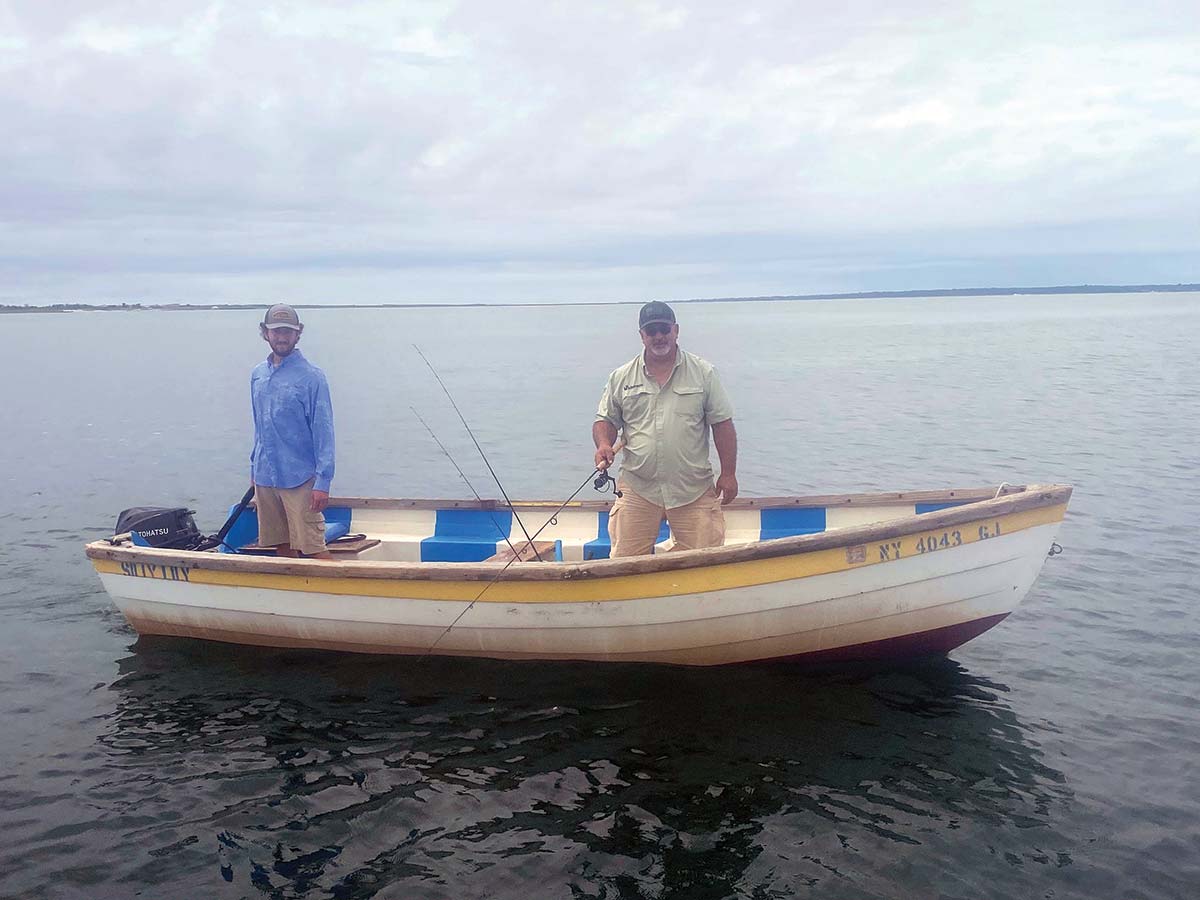
Baits Made Easy
Some years back, I made the switch to artificial baits for fluke, and I haven’t looked back unless, of course, I’m fishing a unique situation. Otherwise, almost all of my light tackle fluke fishing off a small boat is done with two artificial baits—Gulp and Fishbites.
One of the reasons I’ve made the switch is due to the ease of using these baits. They stay fresh in resealable bags, and I never have to worry about them going bad at all. When fishing on a small boat, the convenience is essential, and not having to worry about keeping the bait on ice or rebaiting with a spearing or killie every bite makes this kind of fishing much more enjoyable. Both of these baits in their resealable bag form pack away nicely into the storage system I mentioned already. I personally like using grub styles and minnow styles for this type of fishing on a small boat.
Some anglers like to use a single bait on a jig head or bucktail, but I like to employ a hi-lo rig when fishing for fluke off a small boat. I seem to get most of my action on the top bait on either a plain hook or a teaser.
Another tip I can offer when fishing on a small boat with less room is to have your favorite rigs tied up and ready to go. Snapping off will almost always happen eventually in fishing—even if you’re careful. Fluke also have a tendency to fray a leader after several fish have been caught and unhooked. Check for these imperfections every once in a while just to make sure you don’t lose the big one.
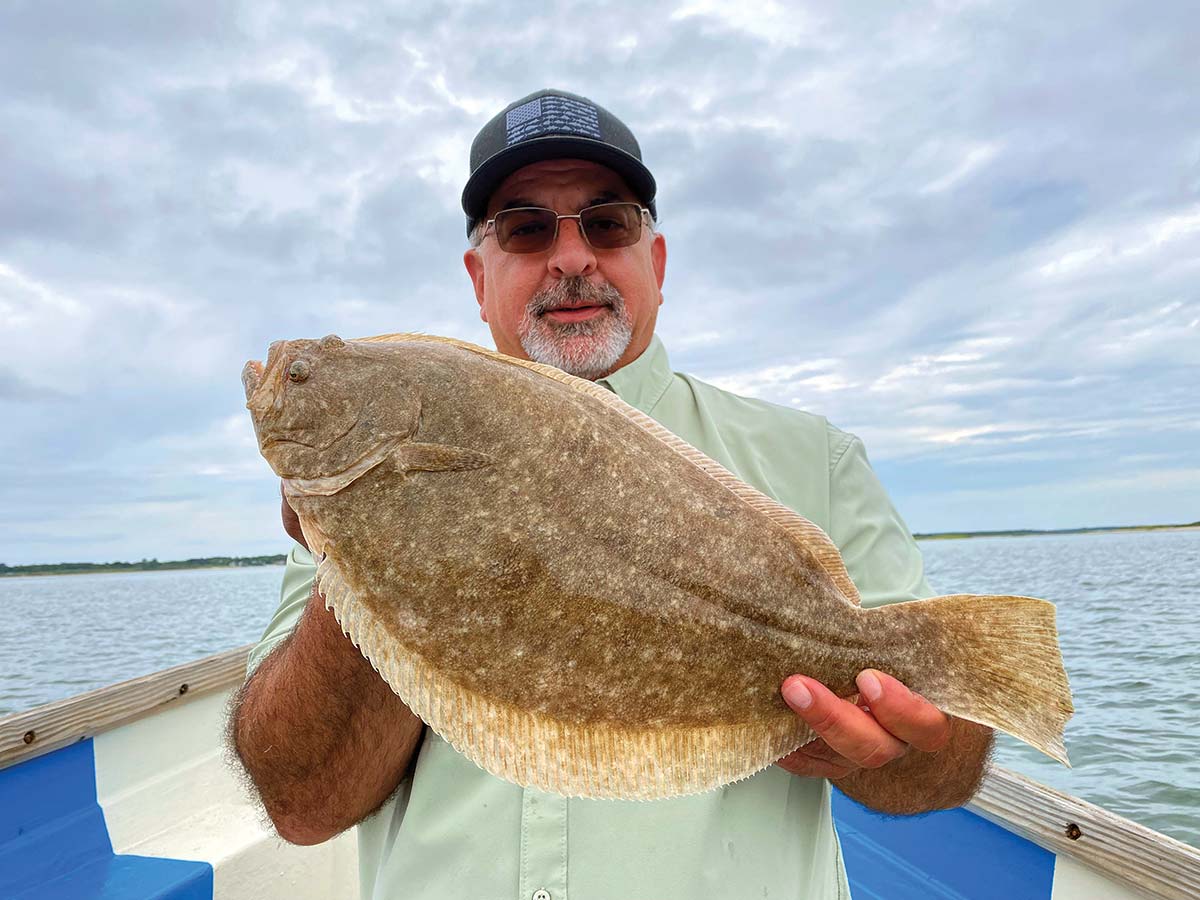
The Proper Stick
When selecting a rod to use on a smaller boat, it boils down to a few things—can it get around the motor? And can it make it around the bow? These are the two things you will have to most likely maneuver around if you tangle with a fish that decides not to cooperate.
I found that the sweet spot for that perfect skiff rod is something from 6 to 7 feet in length. The exact length should depend on what you’re comfortable with. I’ve been using a faster action which helps me feel the bites on the smaller jigs a lot better, but it still has the backbone to handle a good-sized fluke. Being that most of my small craft fluke fishing takes place in water less than 10 feet, I usually end up using rods rated from 1/4 to 3/4 ounces. If you’re wondering about getting that weight down in a moving tide, also know that I like to use 10-pound braid and 15-pound leader, which helps get the job done.




